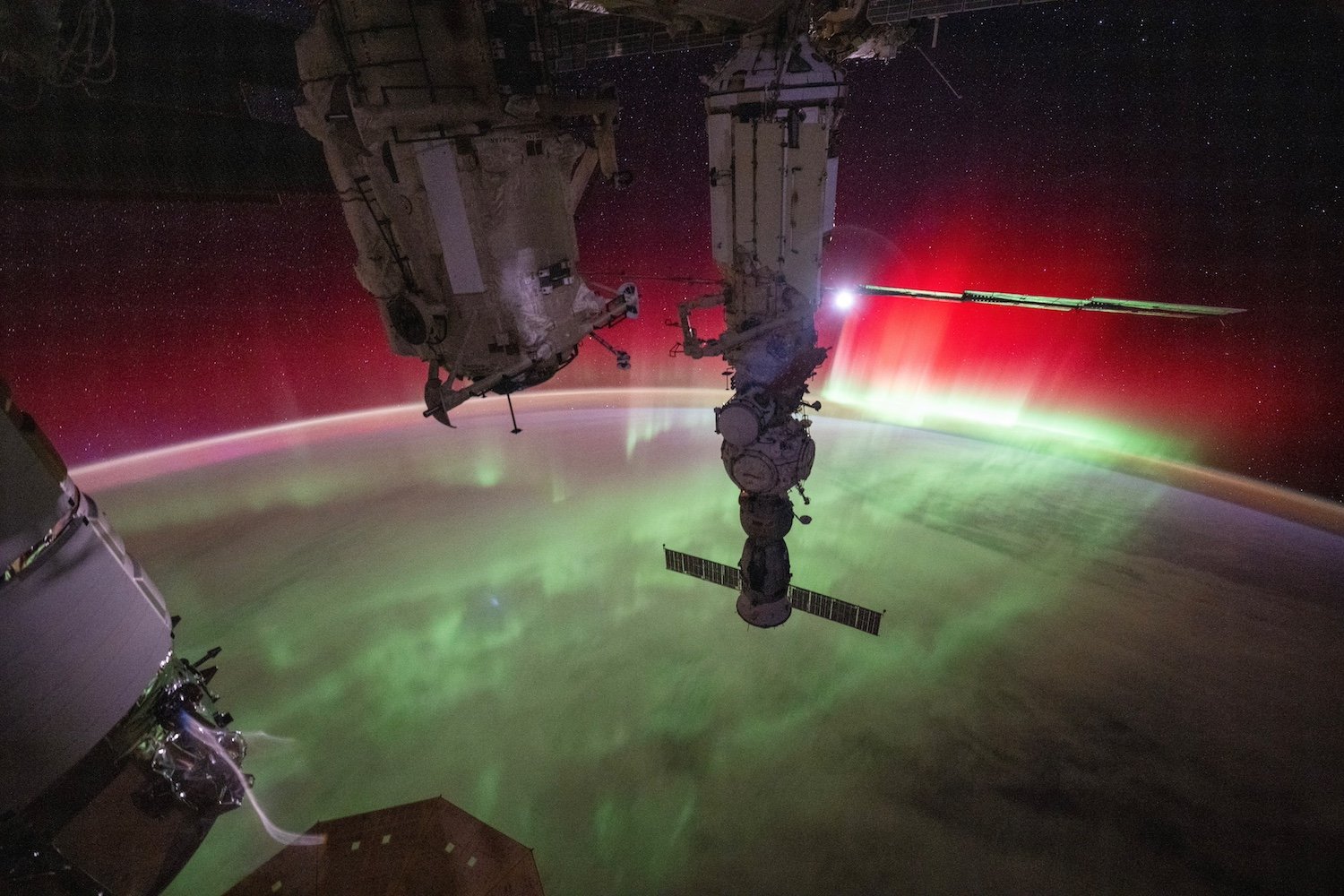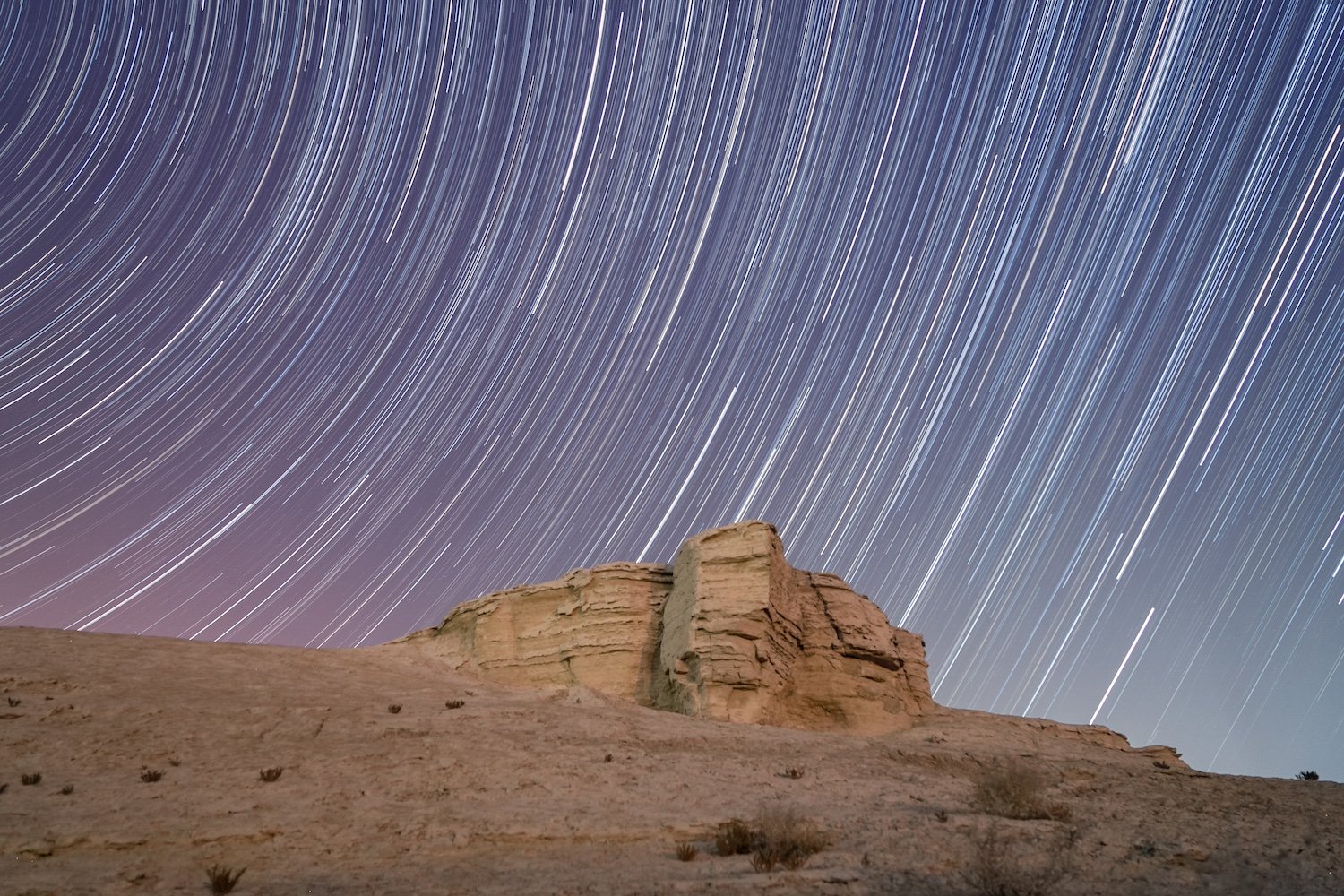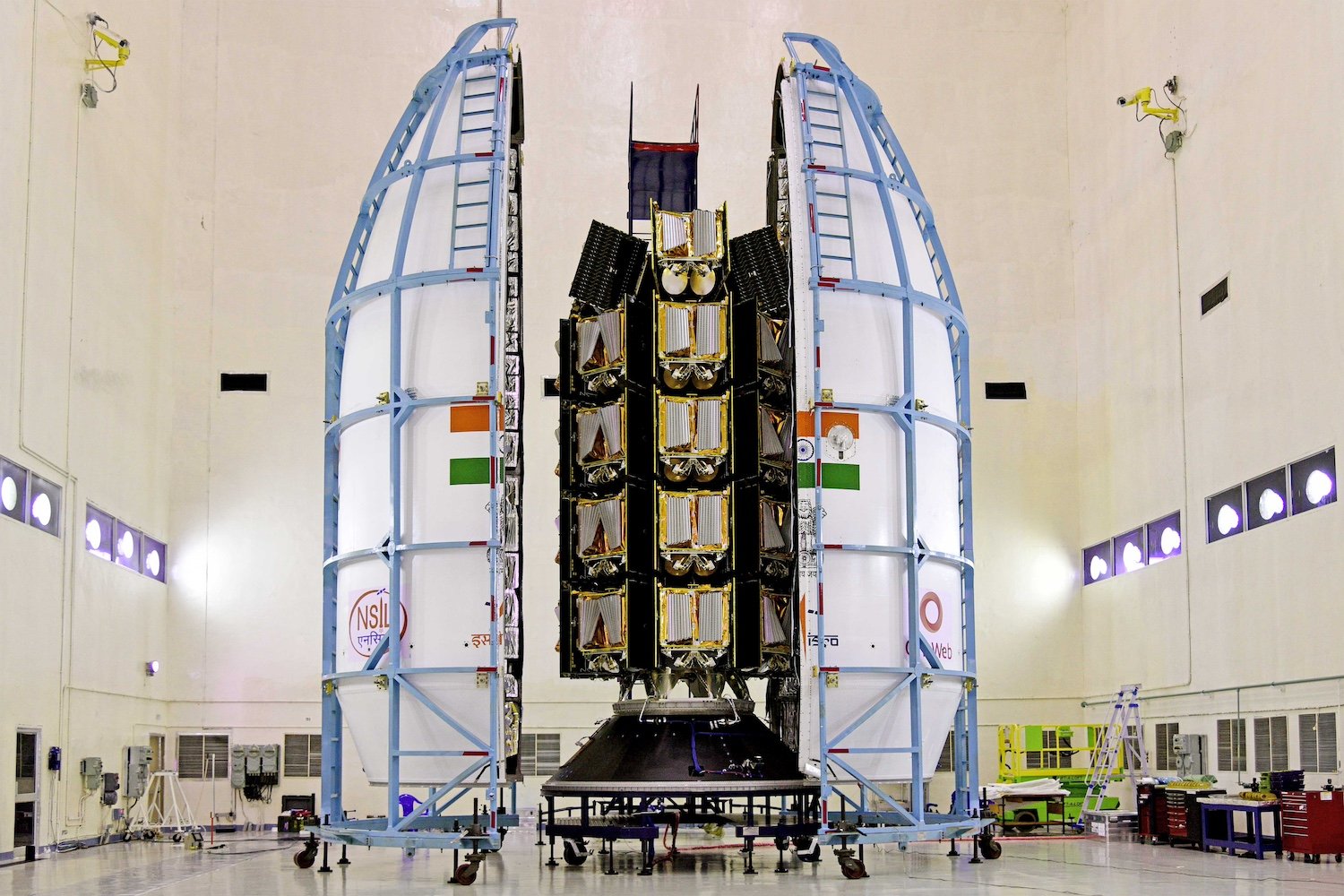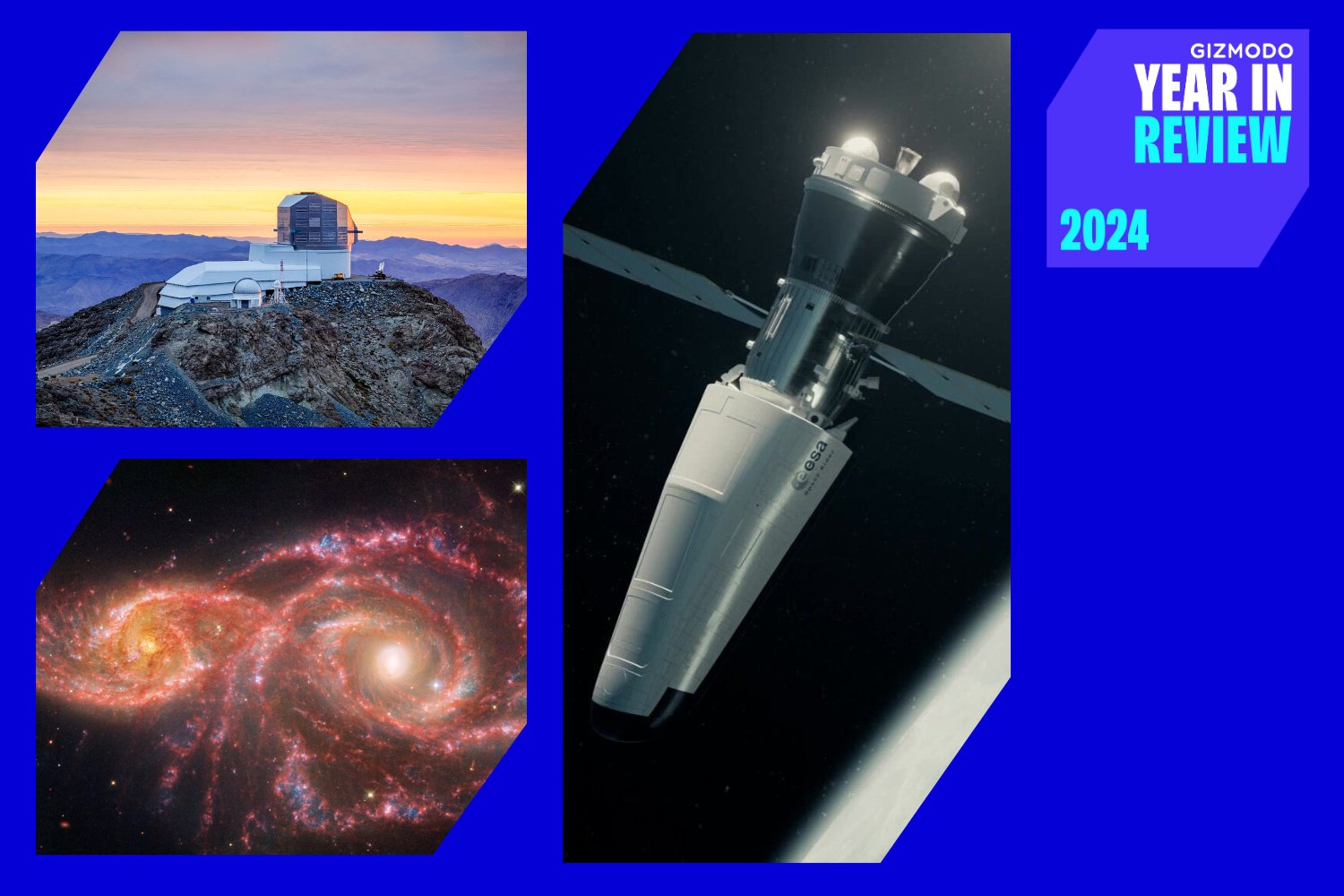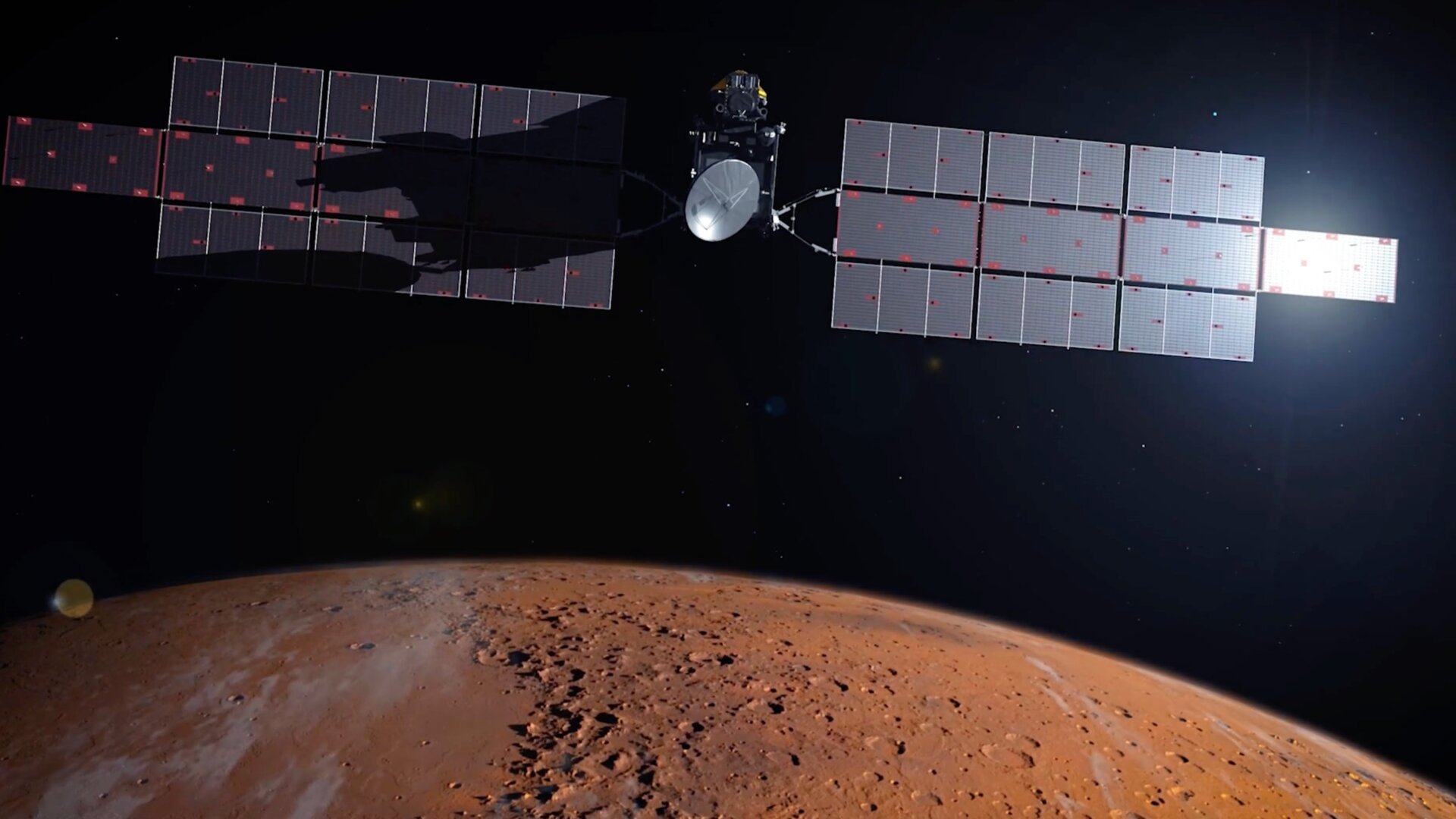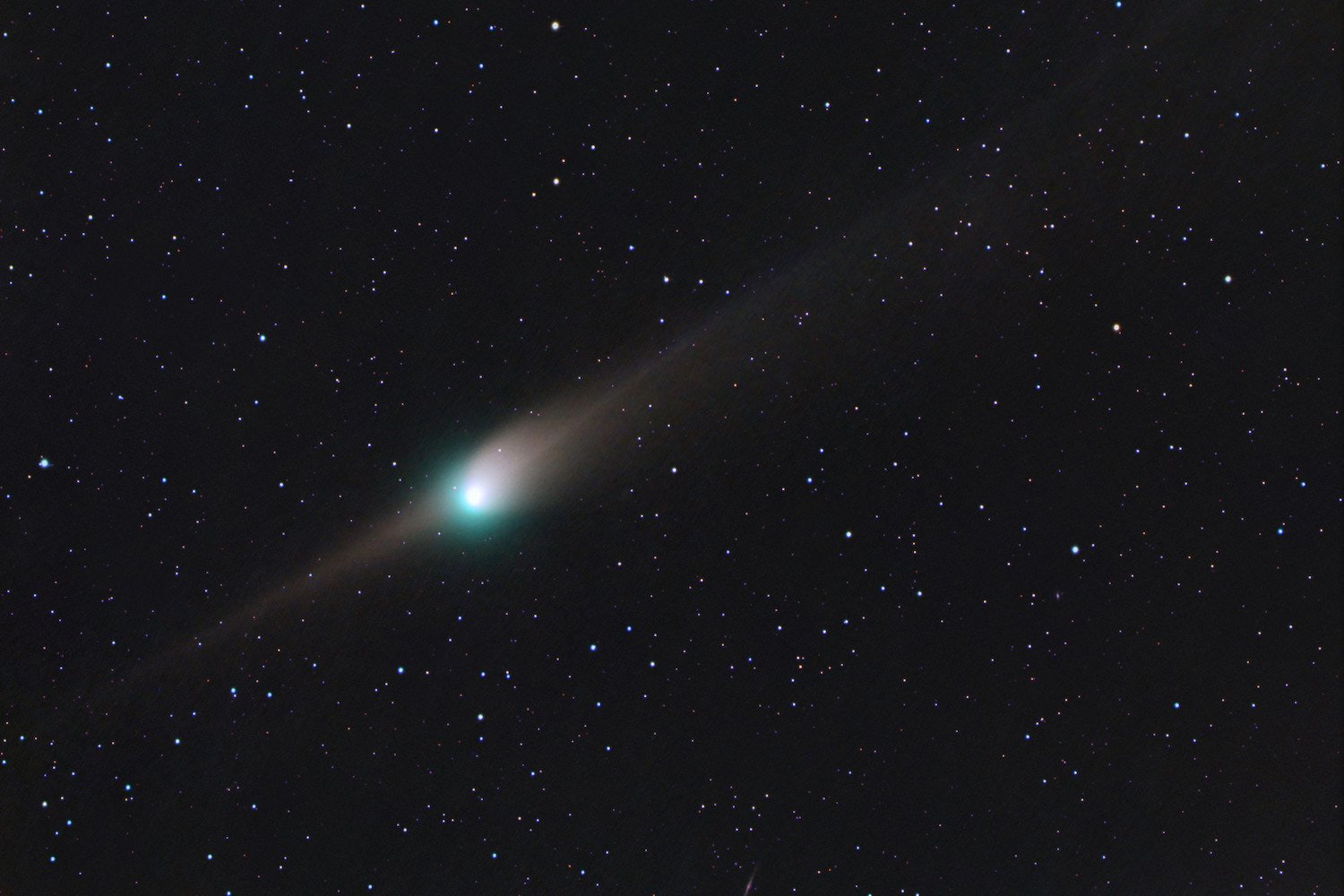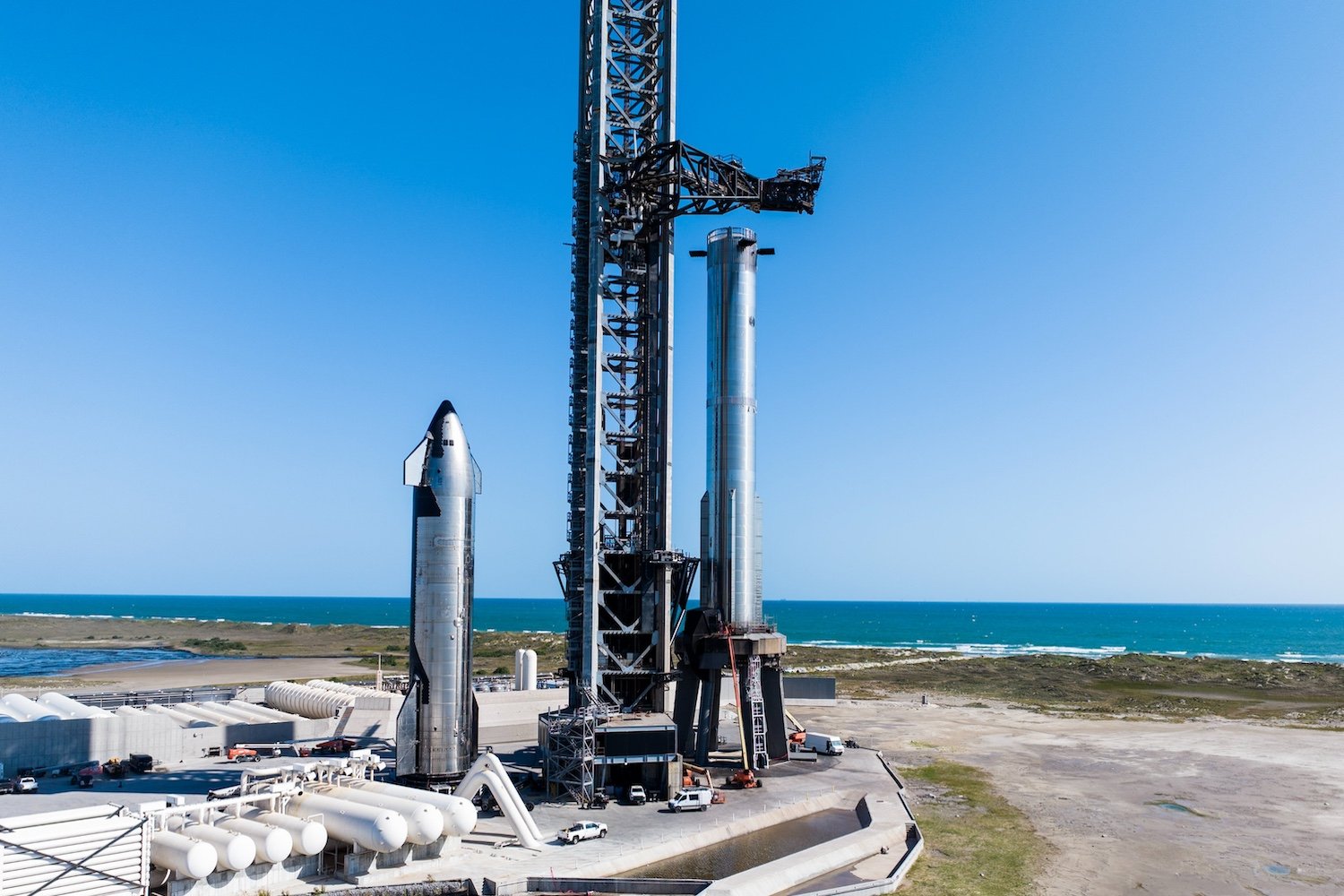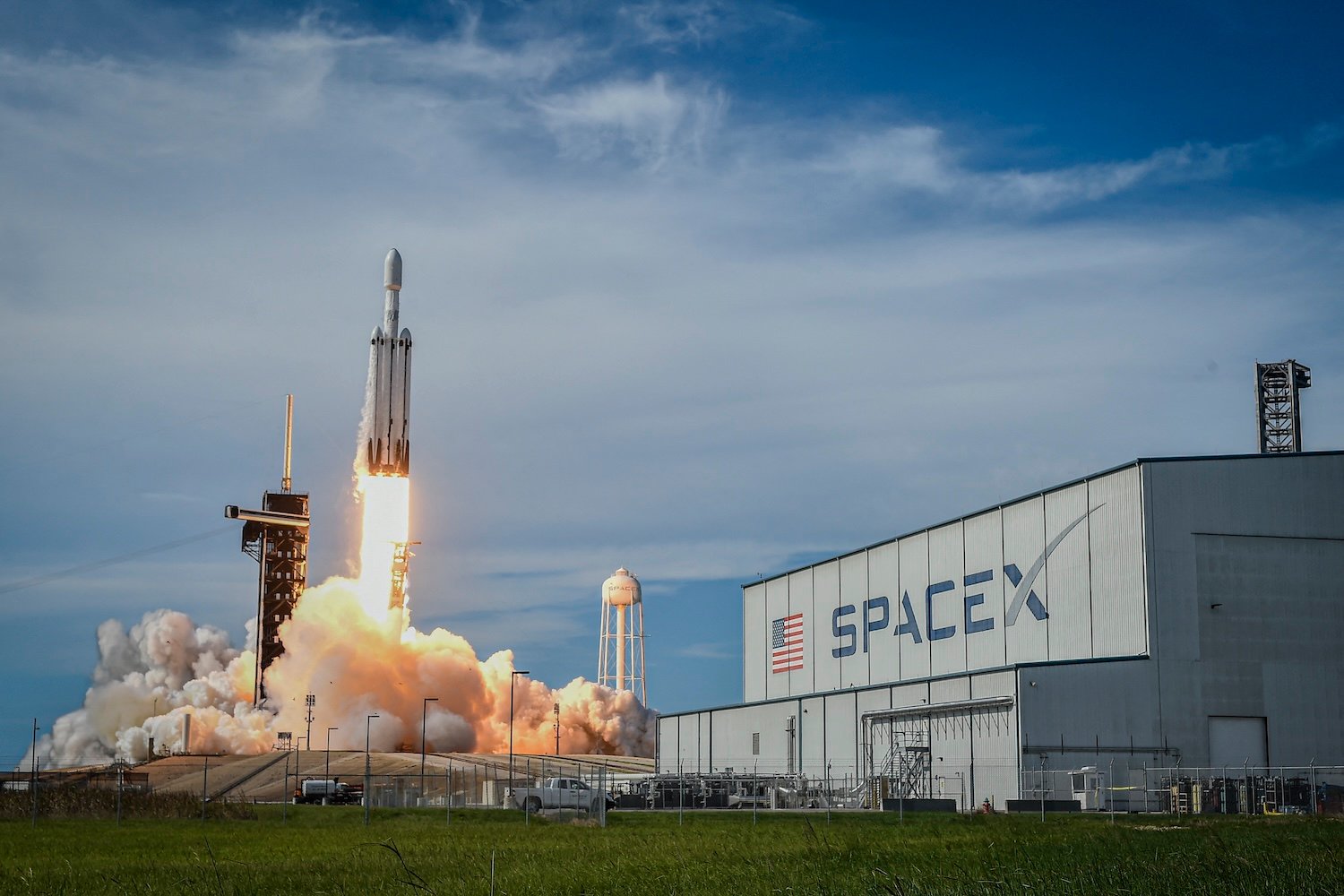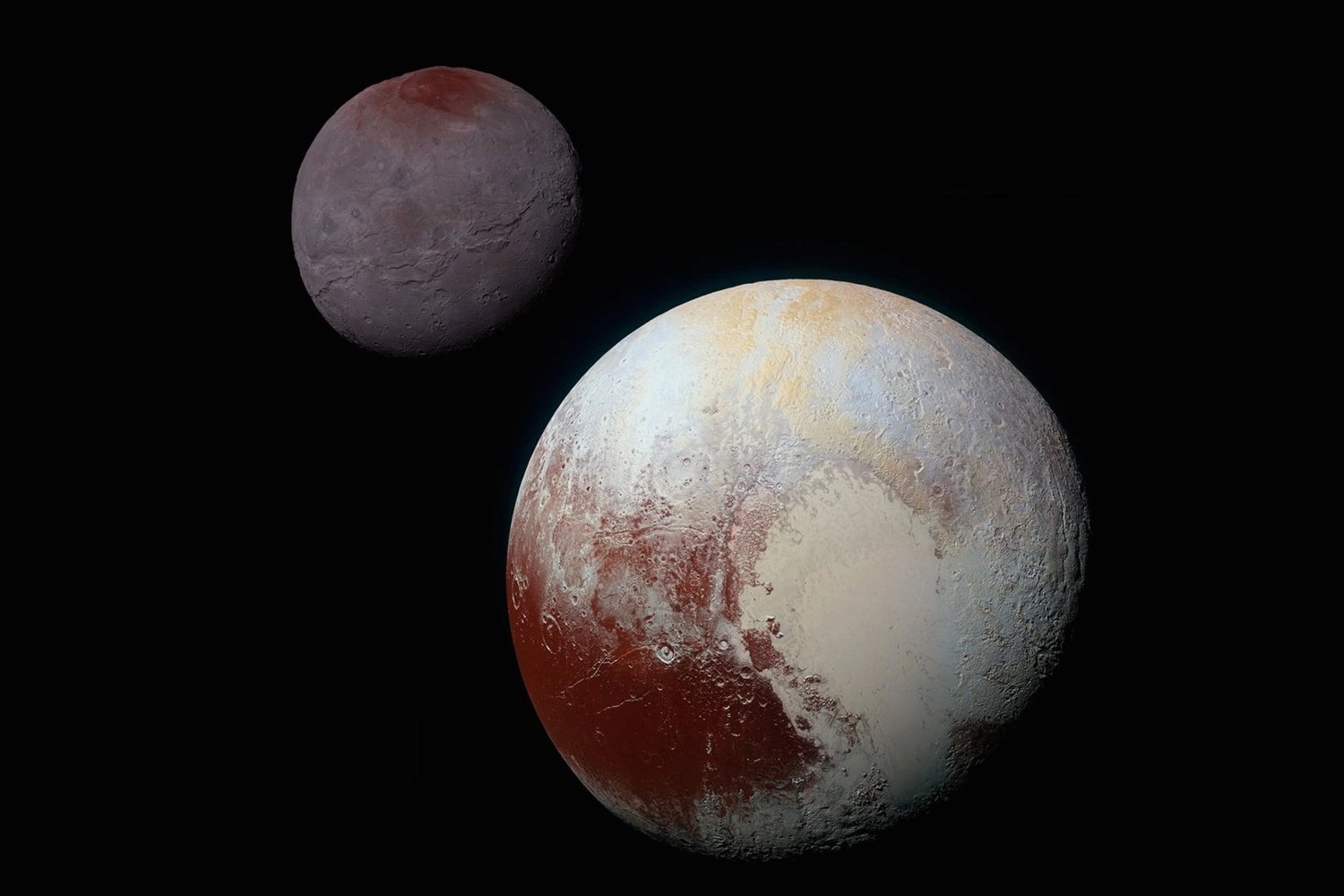A strong geomagnetic storm watch is in effect for New Year’s Eve, increasing the chances of a dazzling Northern Lights display across parts of the Northern Hemisphere. This potential celestial spectacle is thanks to a coronal mass ejection (CME), a burst of solar material from the Sun’s surface, which occurred on December 29th.
The National Weather Service’s Space Weather Prediction Center (SWPC) issued the G3 (strong) geomagnetic storm watch for December 31st, based on the trajectory of the CME. Strong geomagnetic storms like this can sometimes disrupt spacecraft orientation and affect GPS and low-frequency radio navigation systems. The SWPC predicts auroras could be visible “over many of the northern states and some of the lower Midwest to Oregon.” Even if you’re located further south, you might still have a chance to capture the aurora with the advanced camera technology found in many newer smartphones. So, regardless of your location, attempting to photograph the aurora on New Year’s Eve is certainly worth a try.
Auroras occur when charged particles emitted from the Sun interact with Earth’s magnetic field. This interaction excites gases in our planet’s atmosphere, causing them to glow. Increased solar activity, such as solar flares and CMEs, can lead to more vibrant and widespread auroral displays, sometimes reaching latitudes closer to the equator.
The Sun follows an 11-year solar cycle, with peak activity resulting in more intense space weather events. G3 geomagnetic storms like the one predicted for New Year’s Eve occur roughly 200 times per solar cycle. Currently, the Sun is near its solar maximum, explaining the numerous significant geomagnetic storms witnessed this year. A prime example is the strongest geomagnetic storm in 20 years that graced our planet in May, producing auroras visible as far south as Florida and Texas.
On Monday, the SWPC also reported two strong radio blackout events stemming from a pair of solar flares. While these flares potentially caused signal loss in high-frequency communication bands on Earth’s dayside, the associated CME was not directed towards Earth.
In addition to the G3 storm watch for New Year’s Eve, a G1 (minor) storm watch is in place for New Year’s Day, with the possibility of an upgrade to a G2 level. Accurate predictions of geomagnetic storm intensity are challenging until the solar particles are within approximately 1 million miles (1.61 million kilometers) of Earth, roughly 30-60 minutes before their arrival. The current forecast notes that neither CME is anticipated to be a direct hit, adding complexity to predicting the intensity of the geomagnetic storm.
Optimal viewing conditions for auroras include clear skies and minimal light pollution. Therefore, if you’re hoping to observe this natural light show, try to distance yourself from the artificial lights associated with New Year’s Eve celebrations. Here’s to a vibrant 2025 under the watchful eye of our dynamic Sun.



